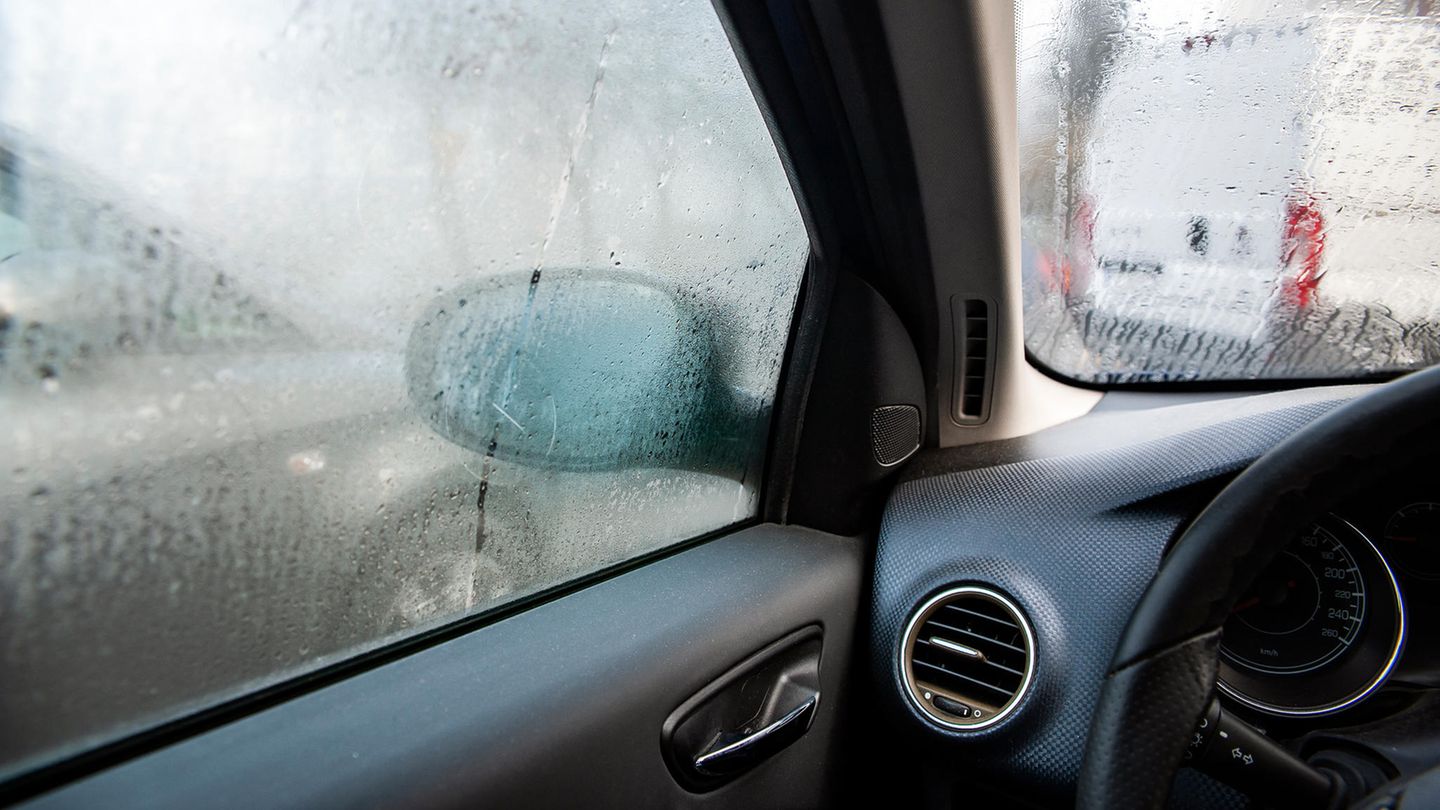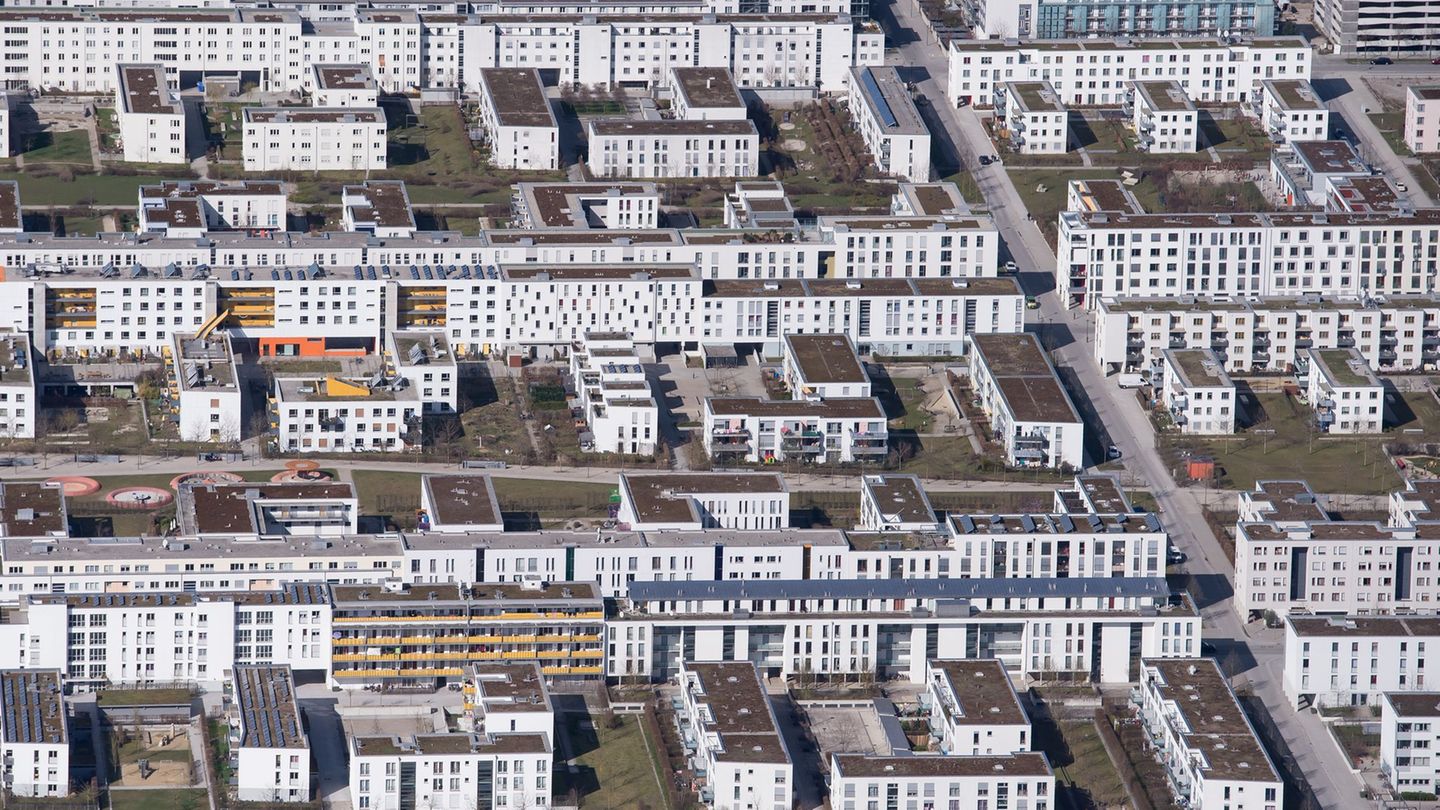Next Sunday, 33 African countries will be removed from the corona risk list. Two South Caucasus republics, on the other hand, are classified as high-risk areas.
For the second time in a row, the federal government has removed numerous African countries from the list of corona high-risk areas.
The Robert Koch Institute (RKI) announced on Friday that 33 African countries would be removed from the risk list this Sunday (00:00 a.m.). A week ago, 13 African countries were removed from the list. In total there are 54 recognized states on the African continent. Africa was the last continent to be hit by the corona pandemic – and could now be the first to emerge from the crisis.
The countries of Armenia, Azerbaijan and the Palestinian territories are newly classified as high-risk areas.
In addition to Equatorial Guinea and Ethiopia, Benin, Botswana, Burkina Faso, Cabo Verde, the Ivory Coast (Cote d’Ivoire), Democratic Republic of the Congo, Republic of the Congo, Djibouti, Eritrea, Gabon, Gambia, Ghana, Guinea, Guinea- Bissau, Cameroon, Central African Republic, Chad, Comoros, Liberia, Mali, Mauritania, Mozambique, Niger, Nigeria, Sao Tome and Principe, Senegal, Sierra Leone, Somalia, Sudan, South Sudan, Togo and
The African countries where the omicron variant of the virus first spread in November were delisted a week ago. At first there were gloomy scenarios that predicted the severest effects on Africa. These have only partially materialized – above all in the form of massive job losses and serious impairments for the school system in countries like Uganda.
Since the outbreak of the pandemic in Africa with its 1.3 billion people, 10.8 million infections and 240,000 deaths have been registered. Five countries accounted for more than half, at 60 percent: South Africa, Morocco, Tunisia, Libya and Ethiopia. Even though only eleven percent of the population has been vaccinated, the trend is now clearly pointing downwards across Africa: According to the pan-African health organization Africa CDC, the number of new infections fell by 10 percent in a monthly comparison, and by as much as 16 percent in a weekly comparison.
The Ministry of Health in Ramallah in the West Bank reported 7,934 new corona infections on Thursday – among around 5.1 million Palestinians in the West Bank and the Gaza Strip. However, the ministry assumes that the numbers are actually significantly higher and that more than 35 percent of the population are currently active corona cases. These are peak values since the beginning of the pandemic. The peak of the omicron wave is therefore expected this weekend. However, the hospitals have not yet declared a state of emergency for a total of 312 corona patients.
Anyone entering the country from a high-risk area and not fully vaccinated – i.e. usually twice – or recovered, must be in quarantine for ten days and can free themselves from it at the earliest five days after entry with a negative test. For children who have not yet reached the age of six, the isolation ends automatically five days after entry.
The classification as a high-risk area is linked to a travel warning from the Federal Foreign Office for non-essential tourist trips. It makes it easier for tourists to cancel trips that have already been booked free of charge, but does not mean that they are banned from travel.
Countries and regions with a particularly high risk of infection are classified as high-risk areas. However, it is not only the number of infections that is decisive for this. Other criteria are the speed at which the virus is spreading, the burden on the healthcare system and the lack of data on the corona situation. Around three quarters of all around 200 countries worldwide are currently classified as high-risk areas.
Source: Stern
David William is a talented author who has made a name for himself in the world of writing. He is a professional author who writes on a wide range of topics, from general interest to opinion news. David is currently working as a writer at 24 hours worlds where he brings his unique perspective and in-depth research to his articles, making them both informative and engaging.




